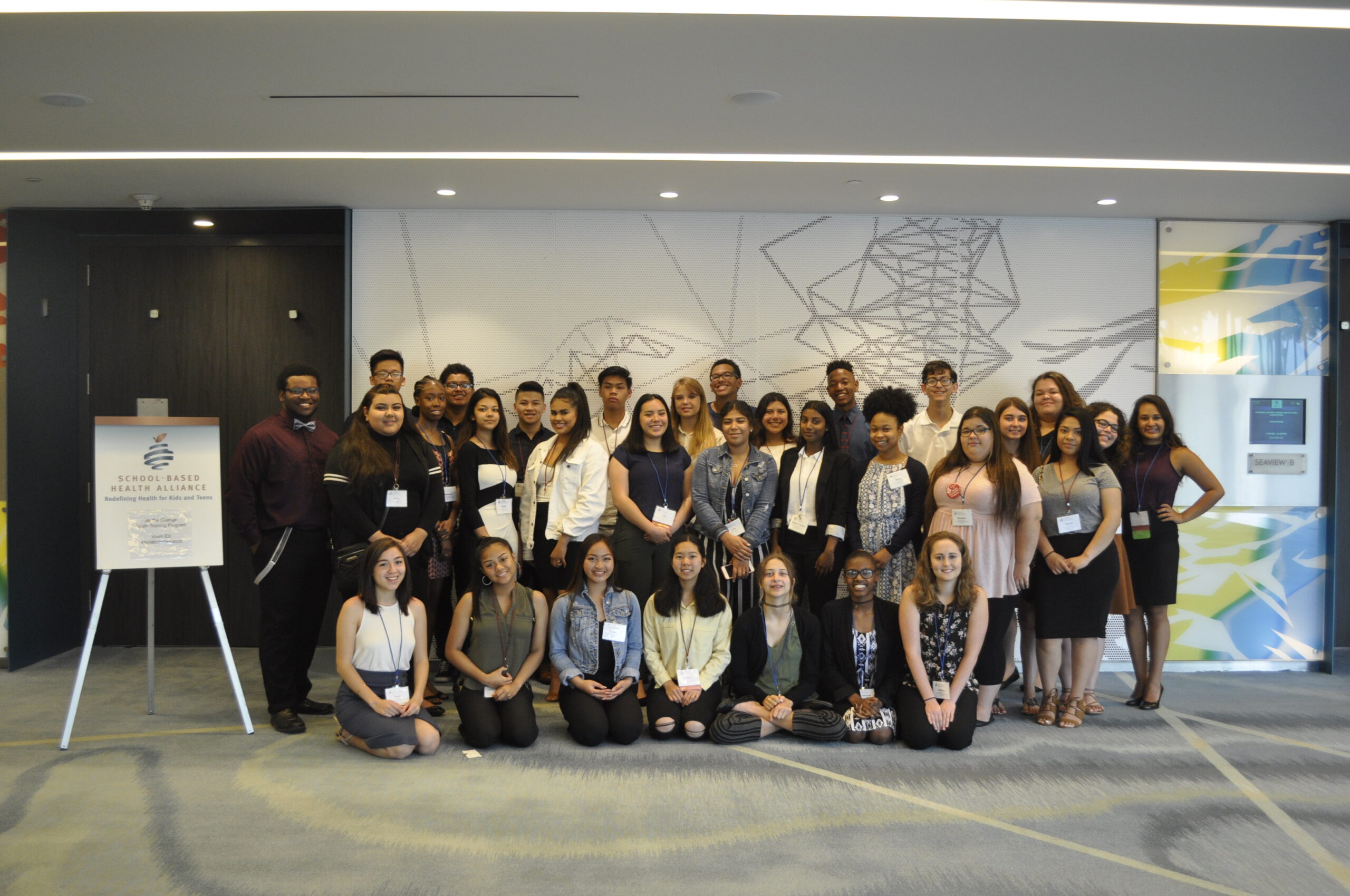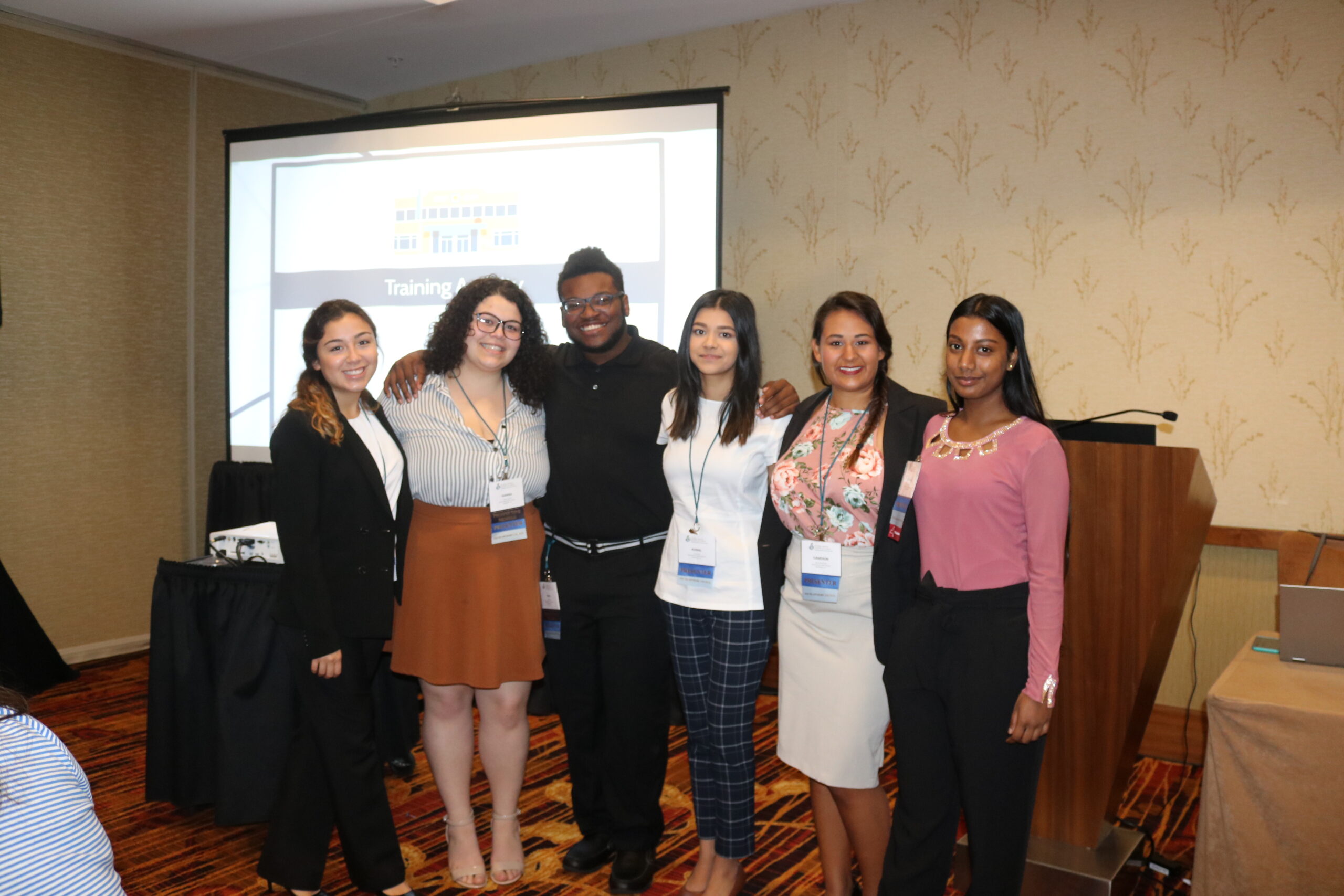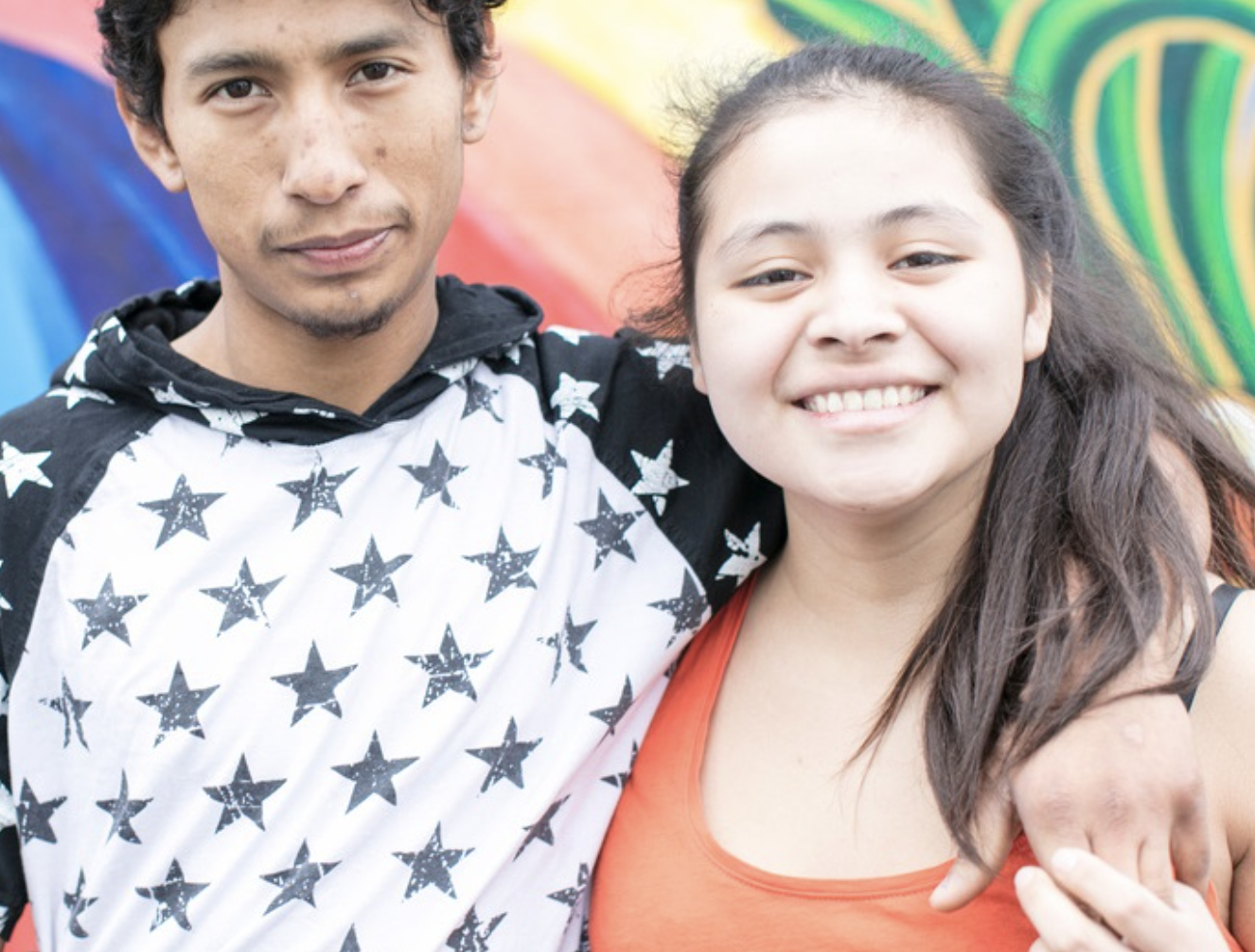



Recruitment and retention are a vital components of a health center’s youth work. Strategies to recruit youth and keep them engaged should be created early when developing a youth engagement program and carried into implementation. Keep in mind that different youth face different challenges and may have obstacles to participating in engagement opportunities. Adults should encourage these young people to talk about their backgrounds and recognize how their perspectives add value to the health center. When youth are able to address their concerns in real time, they are more likely to feel safe to contribute to the group.1
The most important lesson is to recruit from different areas and exhaust all of the possibilities. We tend to overuse our youth and expect them to be so engaged in the work they’re doing without properly serving them and their needs. We ask a lot of them and we need to come back with things to offer them as well.
Successful recruitment strategies rely on the health center staff’s familiarity with the school and the larger community and their ability to cultivate leadership in youth from different academic, socioeconomic, and cultural backgrounds. Before recruitment can begin, though, adult coordinators must understand the purpose of their youth engagement efforts and how youth-driven these efforts will be. Also be mindful of taking on a guiding role for a young person who may be new to youth leadership work and facilitate a peer-to-peer partnership to ease their transition into the youth engagement program.
Recruitment efforts can pull from a variety of places throughout the school and community. Work with staff and youth to plan outreach efforts, that can take place in some of the following areas:
Adult coordinators can also look within the health center for youth who can become champions for school and adolescent health. Youth who frequent the health center and demonstrate a desire for leadership can offer a genuine level of participation because of their familiarity with the center and its services. Alternatively, youth who may have demonstrated little involvement in activities could also benefit from an empowering youth engagement opportunity.
Adults can use some of the following strategies to recruit students for their youth engagement programs. If there is already some youth involvement, they can collaborate with adults on these strategies:
Post flyers announcing the health center’s new youth engagement opportunity that convey the purpose of the group and highlight incentives for participation.
Coordinate with teachers to provide short in-class presentations on services and youth leadership work. Use this time to hand out informational brochures on the center and other adolescent health topics.
Hold recruitment drives during the school year. An open house event is useful for introducing both the health center and youth engagement opportunities to students. Timing your recruitment drives to coordinate with the end of sports seasons may be ideal because youth can commit more time during the off-season.
Youth can recruit their friends to participate. Consider finding one or two early-adopter youth interested in participating in a youth advisory council (YAC) who can serve as recruitment consultants and/or leaders.
Personally invite youth who you feel would benefit from leadership opportunities and engagement in the health center’s work. Staff may also turn to school faculty for recommendations.
Try to utilize online platforms such as Facebook and Twitter to reach greater audiences and generate discussion about the emerging program. Share videos and photos from past youth engagement projects, allied organizations, and other health centers to get young people excited to participate.
There are many important questions you need to ask yourself when developing your recruitment strategy. Be sure to consider:
Keep them interested by not repeating content. Every term, give them the opportunity to give a list of things they want to see by the following year or next retreat. Having them envision what they want keeps them actively involved.
Once a group of young people has been formed, the group should establish agreements that incorporate the assets and expectations of its members. The agreements should include logistical expectations, be mindful of how much time youth can realistically devote, and clearly state the responsibilities of youth and adult members. The group agreements should be developed by youth to ensure accountability and ownership of the work.
When thinking about retention and youth engagement, adults should always ask, “What’s in it for the youth?” For many youth, the idea of contributing to school and community wellness is often incentive enough, but also consider stipends, skills trainings, and healthy snacks as motivations for program participation. Résumé building, community service hours, and professional and social networking can also be reasons for retention.
Consistent communication creates a sense of group meaning, direction, and work. The youth team should establish its meeting schedule and identify its most reliable method of communication. Youth-generated meeting schedules and activities increase self-efficacy and participants’ commitment. For long-term project plans, establishing several short-term objectives will foster a feeling of group progress and give more reason for sustained involvement.
Many youth teams implement a peer-to-peer partnership model that helps keep youth connected to one another and the responsibilities of their team. Well-connected teams are sensitive to members’ needs and can recognize when external factors become challenges to participation. Adults should uphold open communication between themselves and youth leaders and support an environment that gives youth the opportunity to candidly share their concerns.
There are many important questions you need to ask yourself when developing your recruitment strategy. Be sure to consider:

La Clìnica, one of the largest and most comprehensive community health centers in California, is applying successful recruitment strategies in a variety of youth programs to improve community outreach and health education efforts. These programs are a reflection of La Clìnica’s view of young people as an integral link to the community and powerful allies in delivering culturally appropriate services to their diverse populations. Successful recruitment strategies rely on the health center staff’s familiarity with the school and the larger community and their ability to cultivate leadership in youth from different academic, socioeconomic, and cultural backgrounds.
One of La Clìnica’s youth leadership programs, located at Fremont High School in Oakland, CA, is the Youth Wellness Advisory Board (YWAB) which comprises both students and staff. Last year, the YWAB took on an active role in advising the SBHC and high school during an expansive reconstruction of the campus. With adults working as facilitators, the YWAB designed a community survey that asked incoming freshman what they might like to see and what supports they felt were accessible and/or needed. Data from the responses as well as the YWAB’s recommendations were later presented to the Fremont Design Team and were incorporated in the renovation plans.
In addition to YWAB, La Clinica’s community health education work, known as Casa CHE, empowers youth to take responsibility for their education and play active roles in their community. One of Casa CHE initiatives, Casa en Las Escuelas (CELE), or Home in the Schools, focuses on outreaching to youth in schools by providing engaging discussions to students on topics such as tobacco control, teen pregnancy prevention, self-esteem, HIV/AIDS, and cultural identity. Through this growth in self-efficacy, youth learn to believe in their “ability to guide or direct others on a course of action, influence the opinions and behaviors of others, and serve as a role model.” 1
Through establishing expectations, providing incentives, encouraging youth-driven planning, and connecting young people to each other, young adults are more likely to remain interested and actively involved in youth activities. Recruitment and retention are vital components of a health center’s youth work and ensure the longevity of youth involvement.